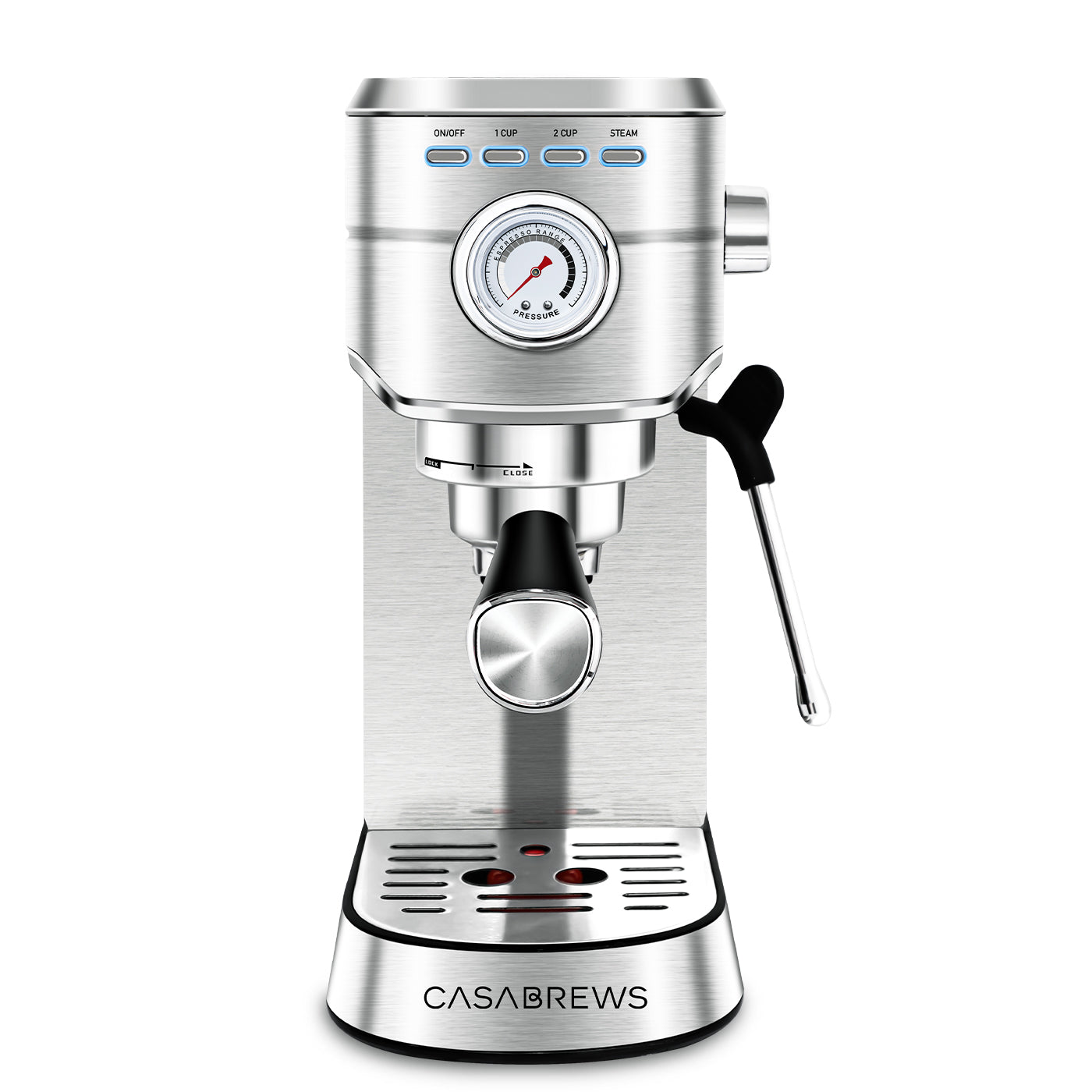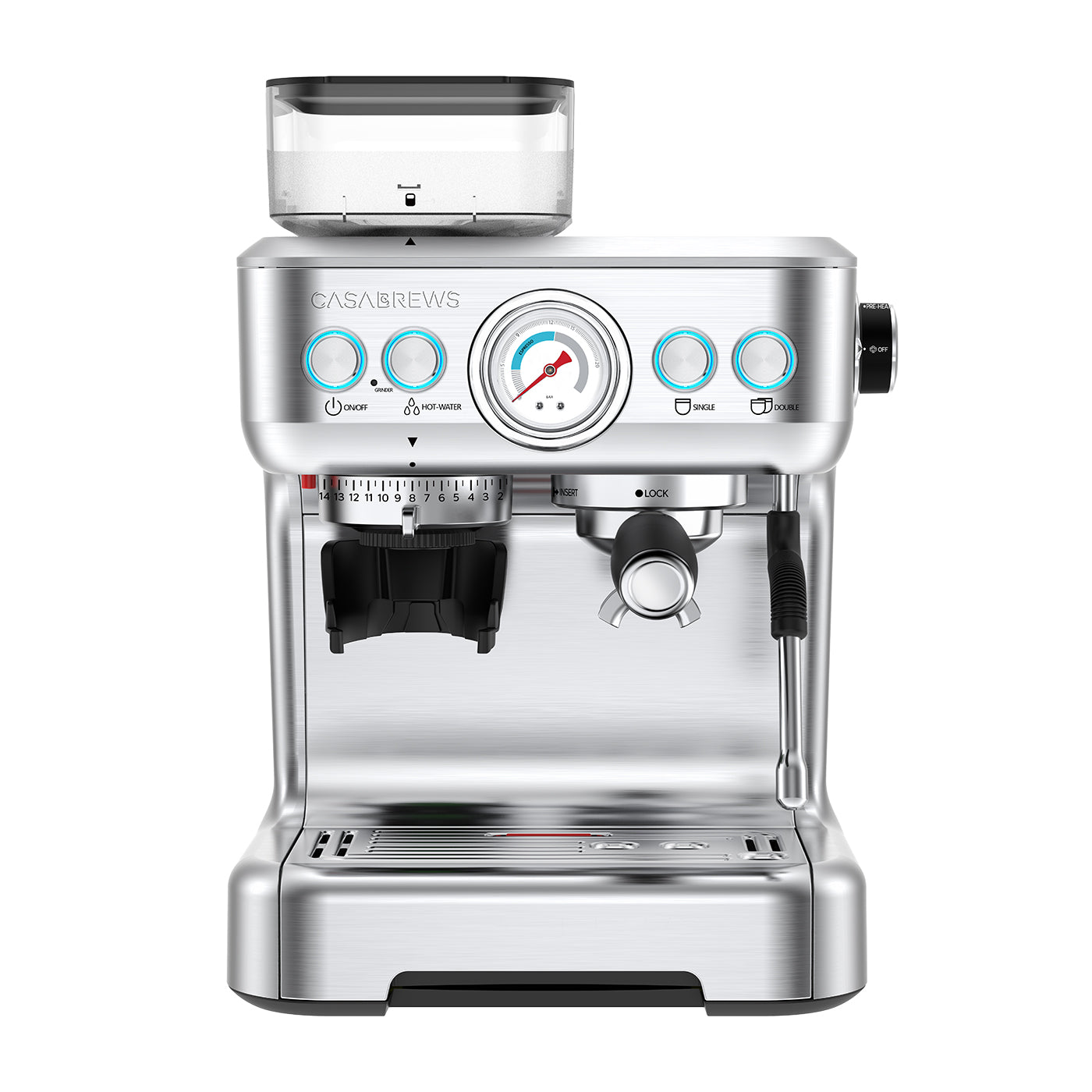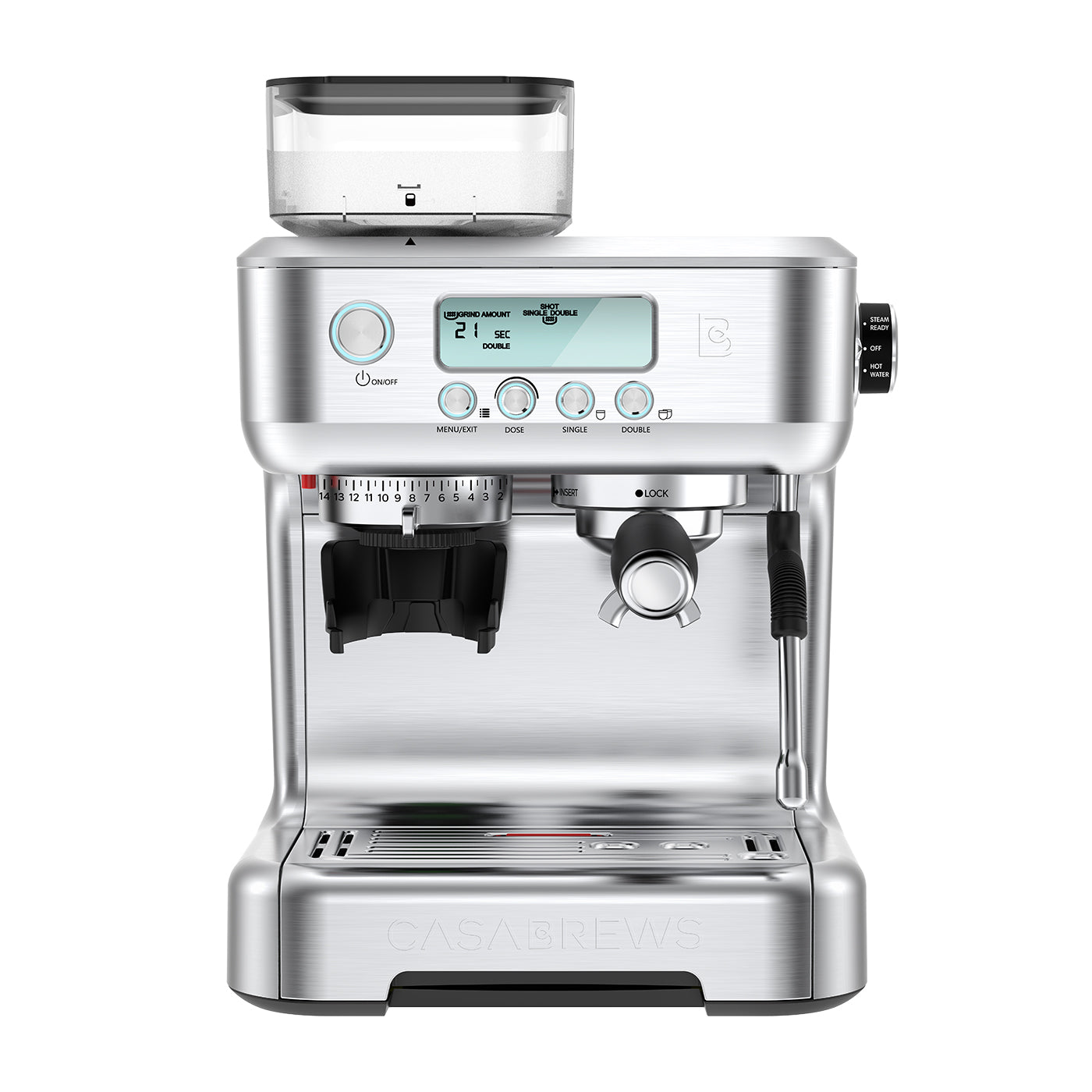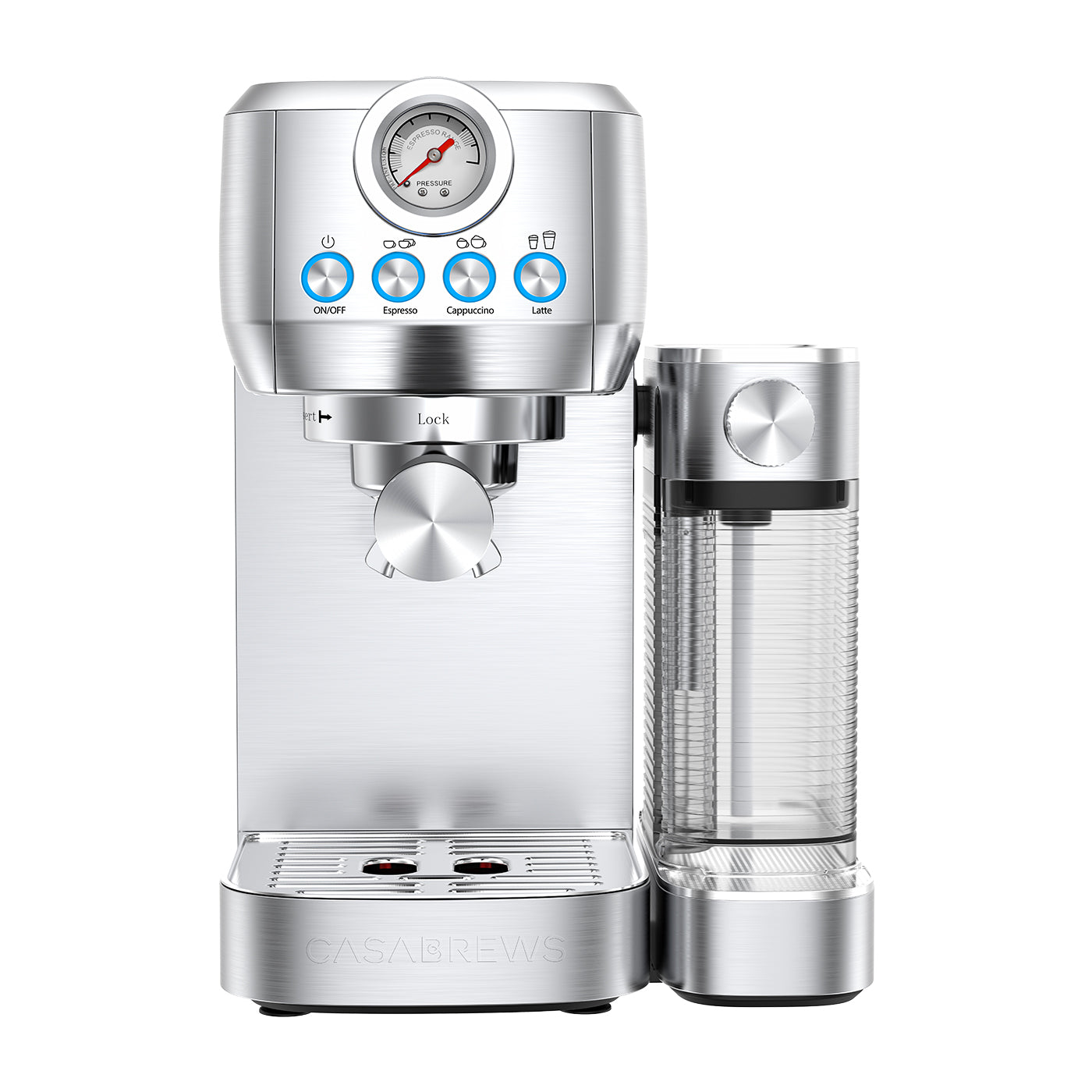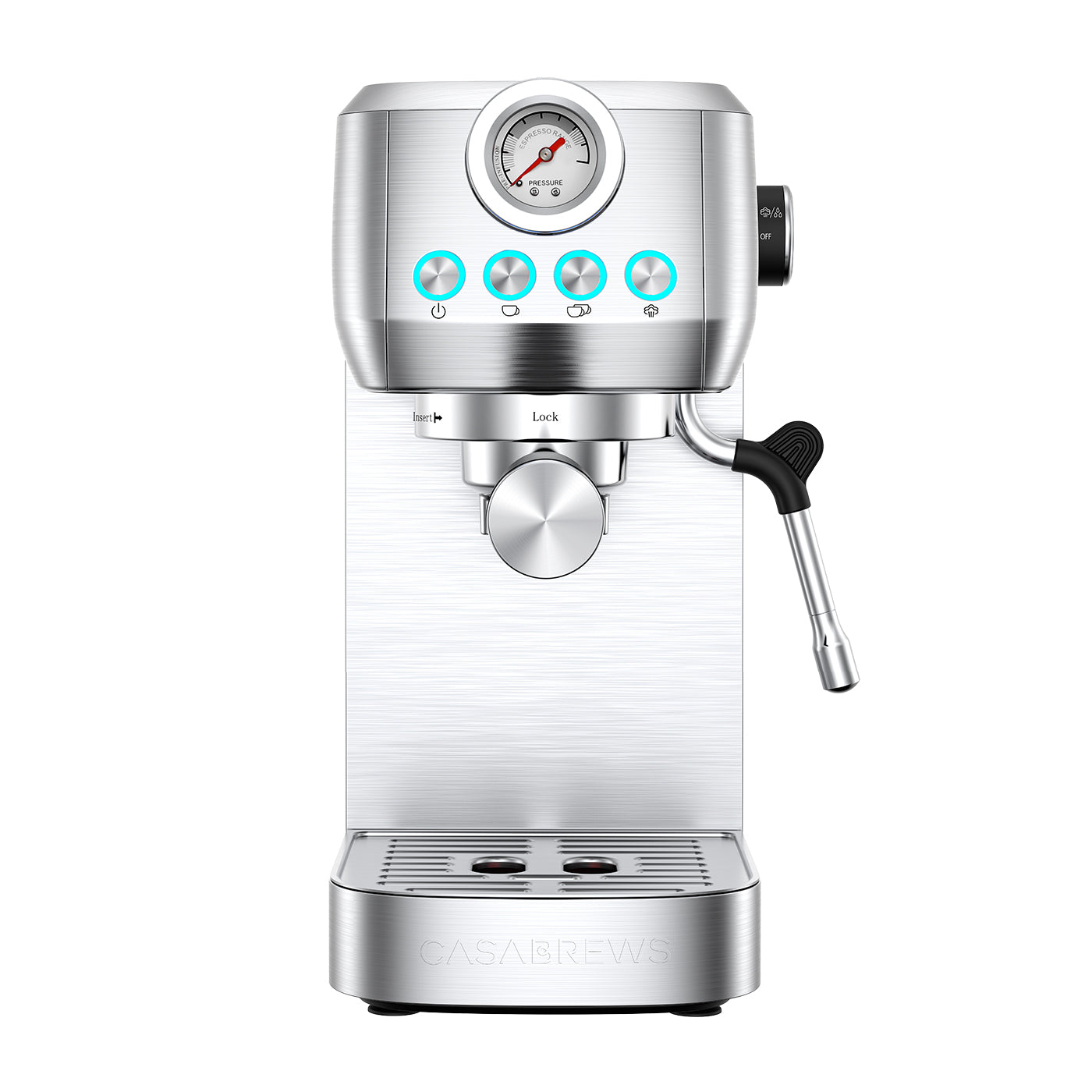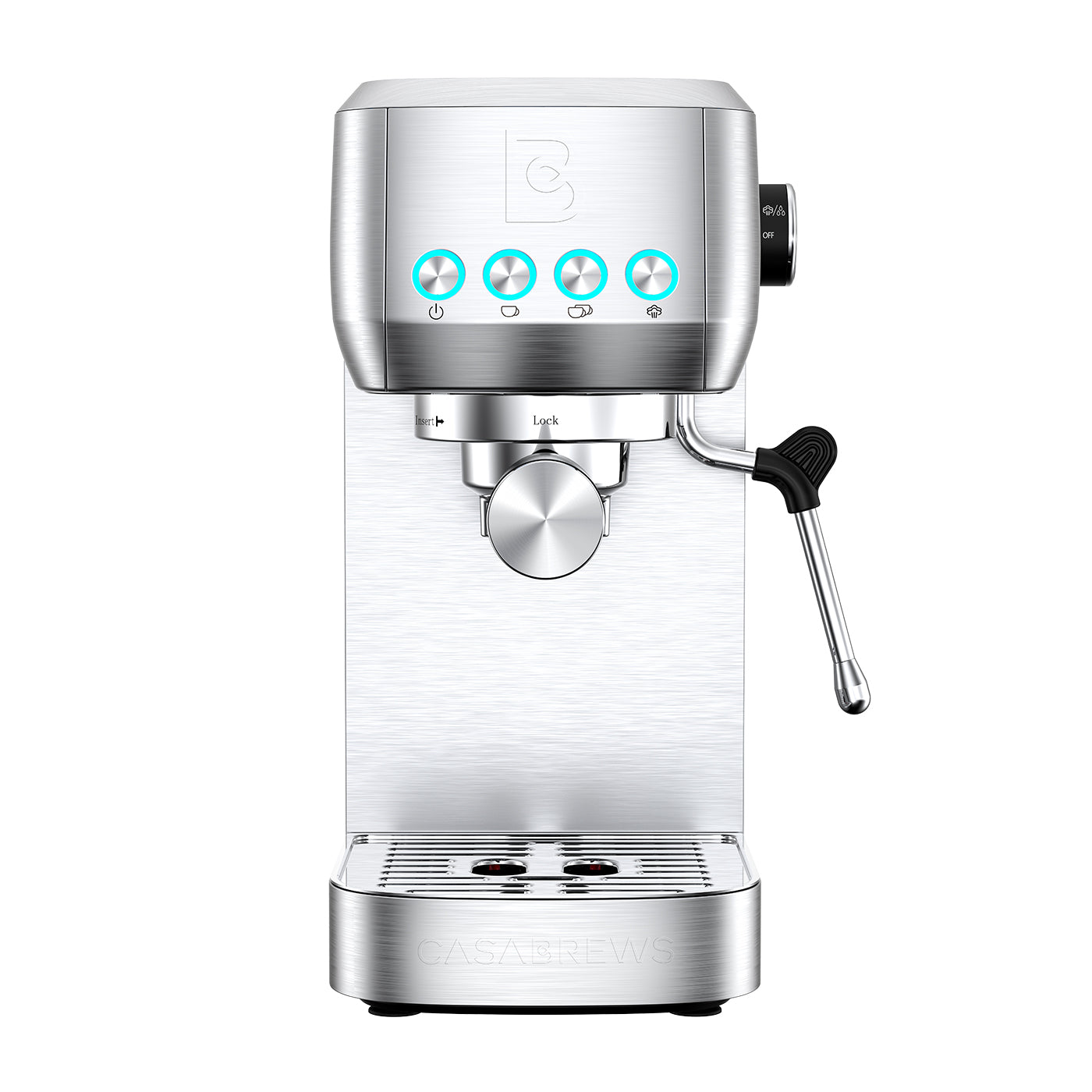How Come There's No Crema on Your Espresso? Solving the Mystery
Meta Description: Explore how come there's no crema on your espresso! This ultimate guide not only lists down the reasons but also talks about the perfect techniques to get the perfect crema on your espresso.

A shot of espresso topped with a velvety layer of crema is the hallmark of a well-prepared and delicious espresso. Crema not only adds an appealing aesthetic touch but also signifies the perfect extraction and freshness of coffee beans. However, there are instances when your espresso lacks that delightful layer of crema, leaving you puzzled and disappointed.
Let’s learn about the potential reasons behind the absence of crema in your espresso and explore the critical factors that influence its formation. From the importance of coffee grind size and the freshness of coffee beans to the role of water pressure and temperature, we'll uncover the secrets to achieving that perfect shot of crema-topped espresso.
Reason#1 - The Influence of Coffee Grind Size
Perhaps the most common reason for the lack of crema in your espresso lies in the coffee grind size. Unlike standard coffee makers, espresso requires a much finer grind, resembling powdered sugar. If the coffee grounds are too fine, water cannot pass through them properly, resulting in a flavorless and flat espresso. Conversely, if the grind is too coarse, the water flows through too quickly, leading to under-extraction and weak-tasting coffee.
To remedy this, it is essential to invest in a high-quality burr grinder with specific settings for espresso grind. Grinding your coffee beans just before brewing ensures maximum freshness and provides the opportunity to achieve the perfect grind size.
Reason#2 - Stale Coffee Beans
Using stale coffee beans is another significant factor that can rob your espresso of its crema. Stale beans have undergone oxidation, causing the breakdown of essential oils that lend flavor to the coffee and contribute to the formation of crema. To ensure maximum freshness, it is recommended to purchase your coffee beans from reputable local coffee shops or specialty suppliers.
The freshness of coffee beans plays a critical role in determining the presence of crema. Coffee beans roasted within the past one to two months retain their flavors and aromas, ensuring the necessary reactions with carbon dioxide to create bubbles for crema.
Reason#3 -The Wrong Coffee-to-Water Ratio
Achieving the right balance between coffee and water is vital for a well-rounded espresso shot with crema. The recommended coffee-to-water ratio for espresso is 1:2, meaning twice the volume of water for each part of packed coffee grounds. Using a scale to measure both coffee and water ensures accuracy and consistency in every shot.
Reason#4 - Inadequate Water Pressure
While rare, excessive water pressure can hinder the formation of crema. Most automatic espresso machines are calibrated to provide the ideal 7-9 bars of pressure required for crema. However, if you've addressed other factors and still lack crema, check your espresso machine's pump pressure setting to ensure it's not exceeding the recommended 9 bars.
The type of espresso machine and its water pressure are key factors in crema formation. Espresso machines measure pressure in bars, with 9 bars being the standard for proper emulsification of CO2 during roasting, leading to the creation of crema.
Reason#5 - The Influence of Temperature
The temperature at which you brew your espresso significantly affects the stability of the crema. Extreme temperatures, whether too high or too low, can cause the crema to dissipate quickly. To achieve a stable and creamy crema, maintain the water temperature between 185 and 198 degrees Fahrenheit.
Reason#6 - Using Pre-Ground Beans
Using pre-ground coffee, especially if it's been sitting for some time, can result in rapid oxidation and flavor loss, leading to little or no crema. Grinding fresh coffee just before brewing preserves the flavors and ensures a delightful layer of crema.
Reason#7 - Improper Technique
A well-executed brewing technique is essential for a creamy crema. Emulsifying the coffee at the right temperature and pressure, along with controlling the extraction time, significantly impacts the quality and presence of crema.
Troubleshooting Equipment and Technique for Optimal Crema
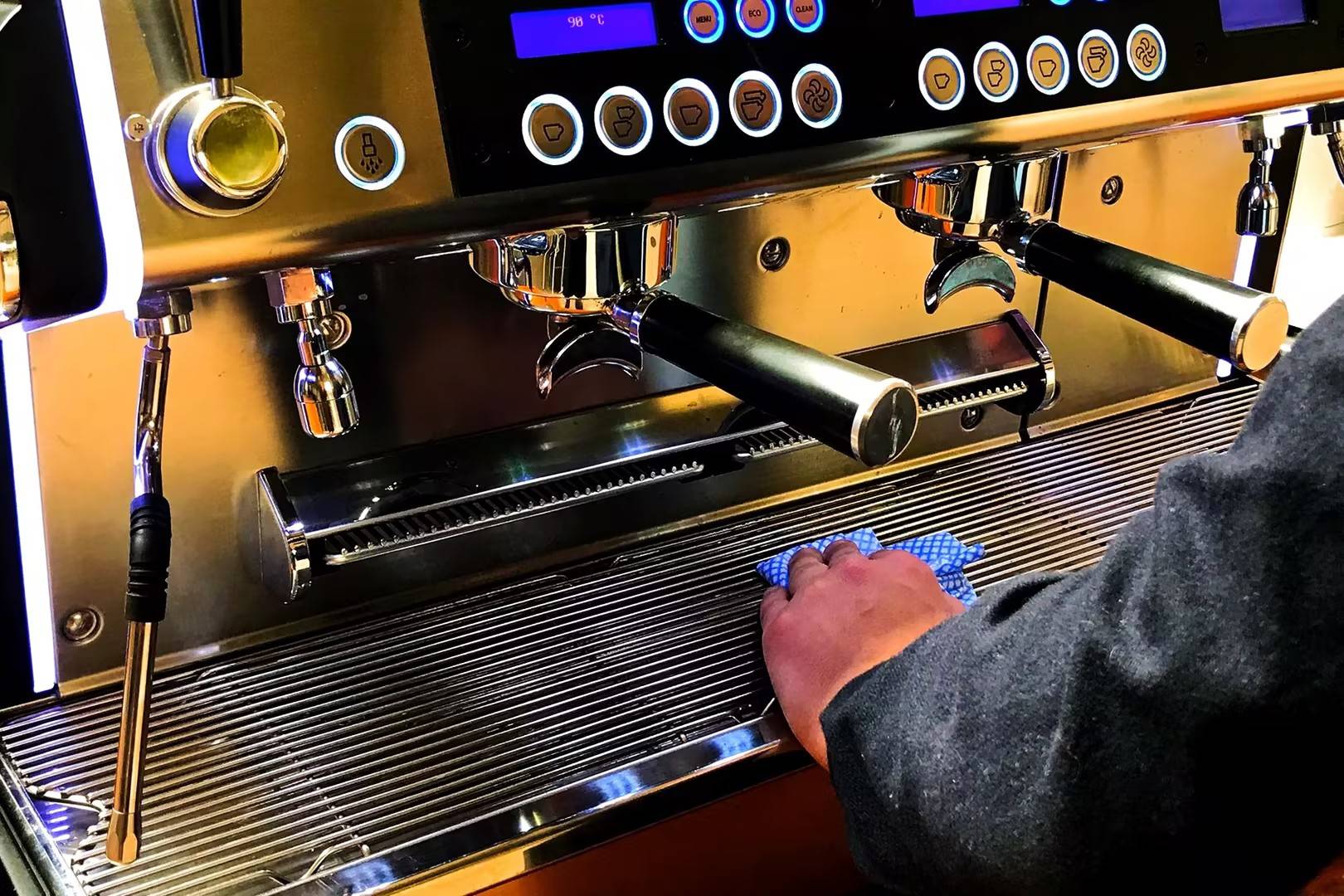
Espresso-making involves an intricate dance between the equipment, coffee beans, and the barista's technique. To ensure that you achieve the perfect crema, it's essential to troubleshoot and fine-tune both your espresso machine and brewing technique. Let's explore the crucial steps to optimize your equipment and technique for a delightful layer of crema on your espresso.
Calibrating Your Espresso Machine
Ensuring that your espresso machine is properly calibrated is paramount for crema formation. Check the machine's user manual or consult with a professional to set the right water temperature, pump pressure, and pre-infusion time. By calibrating your machine correctly, you create the ideal conditions for the emulsification of CO2 and oils, resulting in a luscious crema.
Checking Espresso Machine Cleanliness
A clean espresso machine is essential for producing high-quality crema. Residual coffee oils and old coffee grounds can negatively impact the flavor and appearance of your espresso.
Regularly clean and maintain your machine, paying special attention to the group head, portafilter, and shower screen. A clean machine will contribute to the perfect crema in your shots.
Perfecting the Tamping Technique
Tamping is a critical step in the espresso-making process. An uneven or too hard tamp can lead to uneven extraction and hinder crema formation. Practice and master the art of tamping to achieve an even and consistent puck of coffee grounds. The right pressure will allow for optimal water flow and enhance crema production.
Timing Your Espresso Shot
Timing is everything in the world of espresso. Monitoring the extraction time from the moment you start the espresso machine until the shot ends is crucial. The sweet spot for crema and flavor development is typically around 25 to 30 seconds. Adjust your grind size, dose, and tamping technique to achieve this desired extraction time.
Experimenting with Coffee Beans
Don't be afraid to experiment with different coffee beans to find the ones that produce the best crema. Different coffee varieties and roast profiles can significantly impact the crema's quality and appearance. Taste and observe the crema characteristics with each new batch of beans to find your perfect match.
Embracing the Art of Steaming Milk
If you enjoy milk-based espresso beverages like lattes and cappuccinos, mastering the art of steaming milk is essential. Velvety, well-textured milk will not only enhance the overall taste but also create a beautiful contrast with the crema in your latte art.
Final Words
Crema adds that extra touch of magic to a perfect espresso, reflecting the freshness, extraction quality, and barista expertise. By paying attention to the coffee grind size, bean freshness, water pressure, temperature, and brewing technique, you can savor the full experience of a flawlessly prepared espresso with a delectable layer of crema. Invest in quality equipment, source fresh beans, and hone your skills to relish the true essence of a well-crafted espresso.

